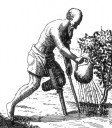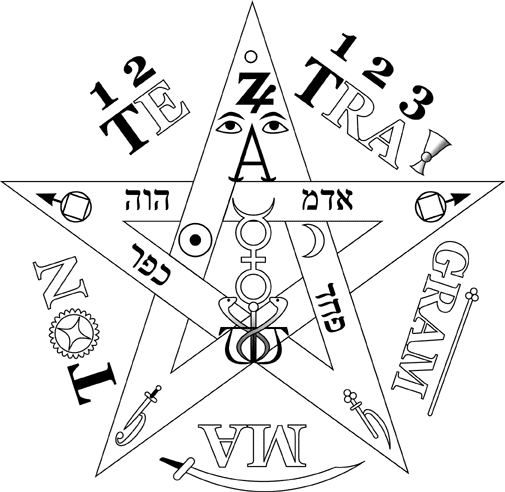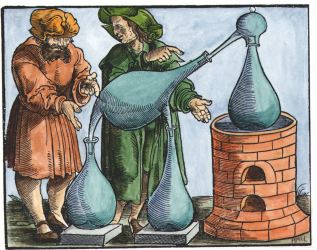| Author | Post |
|---|
Rafal T. Prinke
Member

| Joined: | Tue Mar 4th, 2008 |
| Location: | Poland |
| Posts: | 150 |
| Status: |
Offline
|
|
Posted: Tue Aug 28th, 2012 11:23 am |
|
There appear to be relatively few works related directly to alchemy among the enormous literary output of Paracelsus. Does anyone know if there exists any bibliographical survey that would list: (1) genuine text by Paracelsus which are primarily dealing with alchemy (if any) or chemical technology (such as Archidoxis and De praeparationibus); (2) pseudo-Paracelsian texts on alchemy (such as apparently most of those published by Waite) -- and with information which are which?
|
Mike Zuber
Member
|
Posted: Fri Oct 5th, 2012 06:12 pm |
|
I feel like carrying owls to Athens as you'll probably have heard of Karl Sudhoff's edition and his two-volume study, Versuch einer Kritik der Echtheit der Paracelsischen Schriften (1894/99).
At least it might not be common knowledge that the complete edition has been scanned and made available online by TU Braunschweig (linked at http://www.paracelsus.uzh.ch/editions/sudhoff.html but querying the catalogue of UB Braunschweig will also allow you to download whole PDFs).
This is where I'd start. However, I wouldn't know if Sudhoff, as an historian of medicine, took the pains to single out the Paracelsian texts on alchemy.
|
Rafal T. Prinke
Member

| Joined: | Tue Mar 4th, 2008 |
| Location: | Poland |
| Posts: | 150 |
| Status: |
Offline
|
|
Posted: Fri Oct 5th, 2012 08:20 pm |
|
Hi Mike,
I've never heard the expression about "carrying owls to Athens". Nice! I knew "coal to Manchester" and the Polish equivalent borrowed from Russian is "samovars to Tula".
Indeed, I did check Sudhoff's _Versuch_ and his edition, the last volume of which contains the "spuria" -- and these are mostly alchemical texts. The texts generally regarded as genuine hardly contain anything on transmutational alchemy. There are obviously fragments on chemical preparations etc. or using the term "alchemy" in a very general sense. So perhaps my question should be reformatted to the simple and fundamental:
Was Paracelsus an alchemist? Or was he just another eponymous name to which a corpus of pseudepigraphic alchemical texts was attached (like Ramon Lull or Arnald of Villanova)?
|
Carl Lavoie
Member
| Joined: | Wed Feb 25th, 2009 |
| Location: | Canada |
| Posts: | 215 |
| Status: |
Offline
|
|
Posted: Mon Feb 10th, 2014 04:57 am |
|
.
In the meantime, a quick question regarding a portrait of Paracelsus from the Osler collection. Click to zoom.
http://digital.library.mcgill.ca/oslerprints/search-results.php?s=Alchemists
What is this symbol in the side margins of the sixth picture (c. 1658, OP000997) ?
.Last edited on Mon Feb 10th, 2014 04:58 am by Carl Lavoie
|
Paul Ferguson
Member

| Joined: | Fri Feb 15th, 2008 |
| Location: | |
| Posts: | 1538 |
| Status: |
Offline
|
|
Posted: Mon Feb 10th, 2014 06:00 am |
|
Carl Lavoie wrote:
.
In the meantime, a quick question regarding a portrait of Paracelsus from the Osler collection. Click to zoom.
http://digital.library.mcgill.ca/oslerprints/search-results.php?s=Alchemists
What is this symbol in the side margins of the sixth picture (c. 1658, OP000997) ?
.
It's also on the title-page of his "Medicorum et Philosophorum":
http://www.levity.com/alchemy/paracelsus_portraits.html
...and in the Archidoxa frontispiece to the left of it - see under his left hand.
Signifies "Azoth" judging by the illustration from Astronomica et Astrologica on the same page. Last edited on Mon Feb 10th, 2014 10:41 am by Paul Ferguson
|
Carl Lavoie
Member
| Joined: | Wed Feb 25th, 2009 |
| Location: | Canada |
| Posts: | 215 |
| Status: |
Offline
|
|
Posted: Tue Feb 11th, 2014 02:01 pm |
|
.
Fascinating. Just a wild guess: could it be the hermaphrodite (Mercury + Venus)?
I agree Tom, it does look like a compound symbol (à la Dee).
Paul, indeed it is depicted on the pommel of his sword where elsewhere we read 'Azoth'. But more than 20 years after Paracelsus' death. Engravers sometimes take liberties with their subject (see the disparity between the appearance of the first and last portrait), and more often than not, well, are commissioned by someone who dictate the content of the picture.
The question here woud be : is this glyph by Paracelsus or by a paracelsian ?
.
|
Paul Ferguson
Member

| Joined: | Fri Feb 15th, 2008 |
| Location: | |
| Posts: | 1538 |
| Status: |
Offline
|
|
Posted: Tue Feb 11th, 2014 02:20 pm |
|
Eliphas Levi used it in his pentagram, though inverted:
http://www.golden-dawn.com/eu/displaycontent.aspx?pageid=258-eliphas-levis-pentagram
Some discussion here:
http://www.heruraha.net/viewtopic.php?f=20&t=3376Attached Image (viewed 502 times):

|

Current time is 09:40 am | |
|

